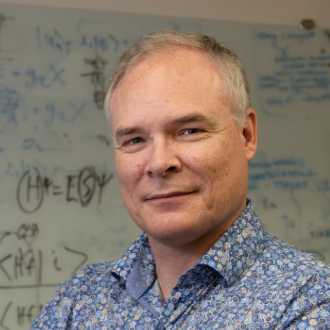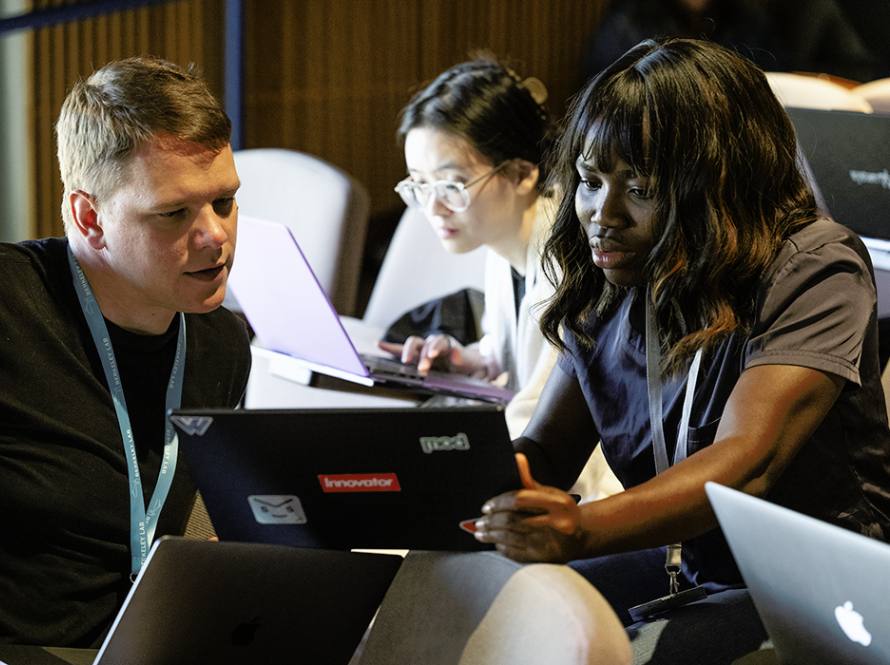
The Computing Sciences Area (CSA) at Lawrence Berkeley National Laboratory (Berkeley Lab) harnesses the power of advanced computational methods and systems, alongside high-performance computing, data, and networking facilities, to deepen our understanding of humanity, Earth, and the cosmos. x
Supporting the Lab’s focus on discovery science and solutions for clean energy and a healthy planet, our mission is facilitating transformative scientific breakthroughs, democratizing access to these powerful tools, and providing education and outreach to the wider scientific community.
Fueled by two research divisions and two user facilities, the CSA advances computational science throughout the Department of Energy’s Office of Science research programs.

Our greatest strength is our experienced staff. They specialize in solving scientific problems using their wide-ranging expertise in computer hardware and software, computational science, applied mathematics, networking, and middleware services.

Dr. Wehner’s current research concerns the behavior of extreme weather events in a changing climate, especially heat waves, intense precipitation, drought and tropical cyclones.

Ann Almgren is a senior scientist and department head of AMCRD’s Applied Math Department. Her primary research interest is in computational algorithms for solving PDEs in a variety of application areas.

Bert de Jong is the Director of the Quantum Systems Accelerator, which is part of the National Quantum Initiative.

The Luis W. Alvarez and Admiral Grace Hopper Fellowships in CSA offer exceptional opportunities for post-doctoral research. CSA also participates in the DOE Computational Science Graduate Fellowship (CSGF) program and offers many other opportunities.

The CSA offers university students mentoring and real research opportunities aligned with their degrees. Participants build lasting connections, conduct research, attend talks, present their findings, and join a poster session.

Underpinning all that we do is a commitment to fostering an environment where everyone belongs, where all people and perspectives are welcomed and engaged, and where fair access to opportunities is assured. We contribute to this through our Diversity Task Force and the CSA Mentoring Program.


